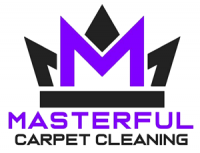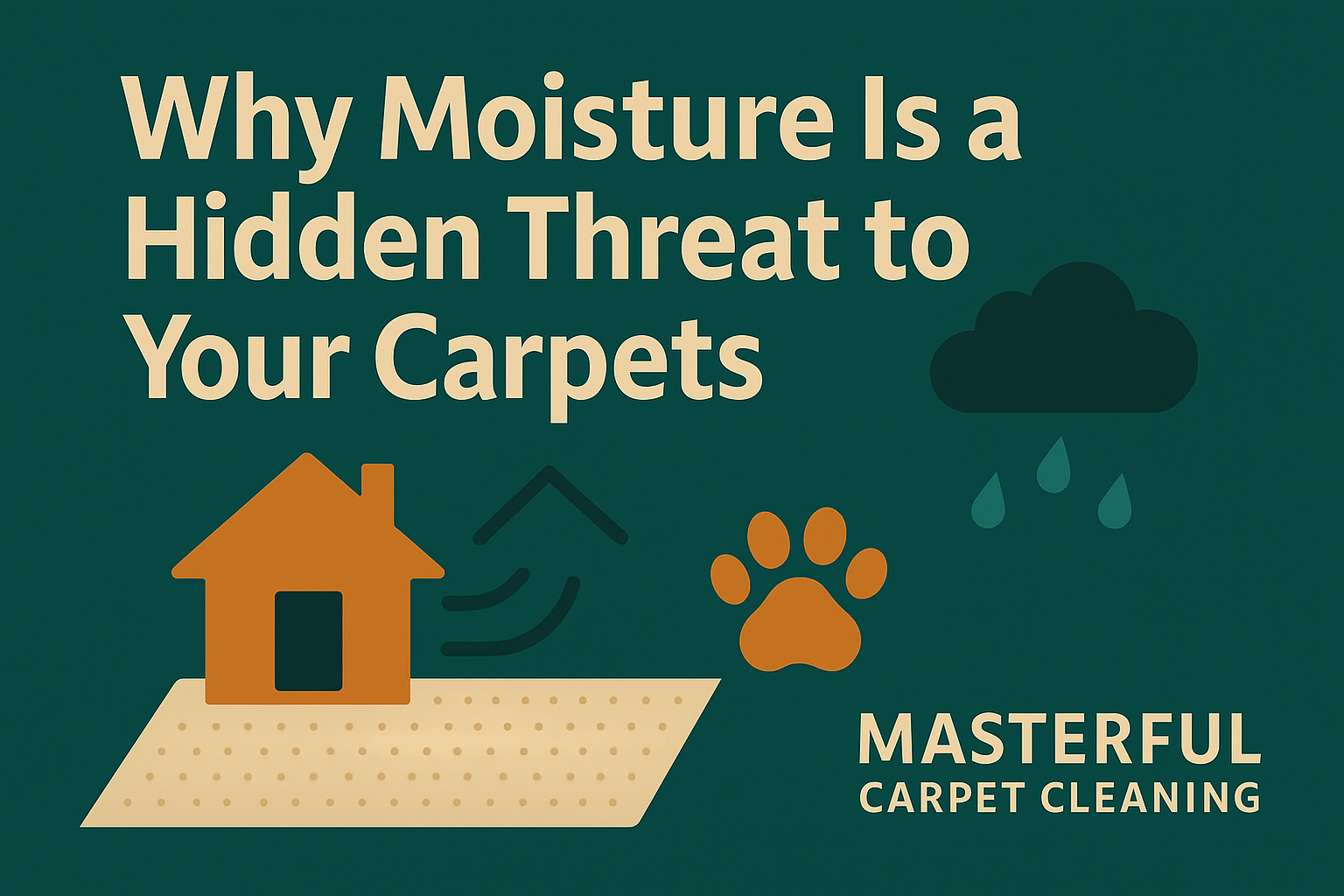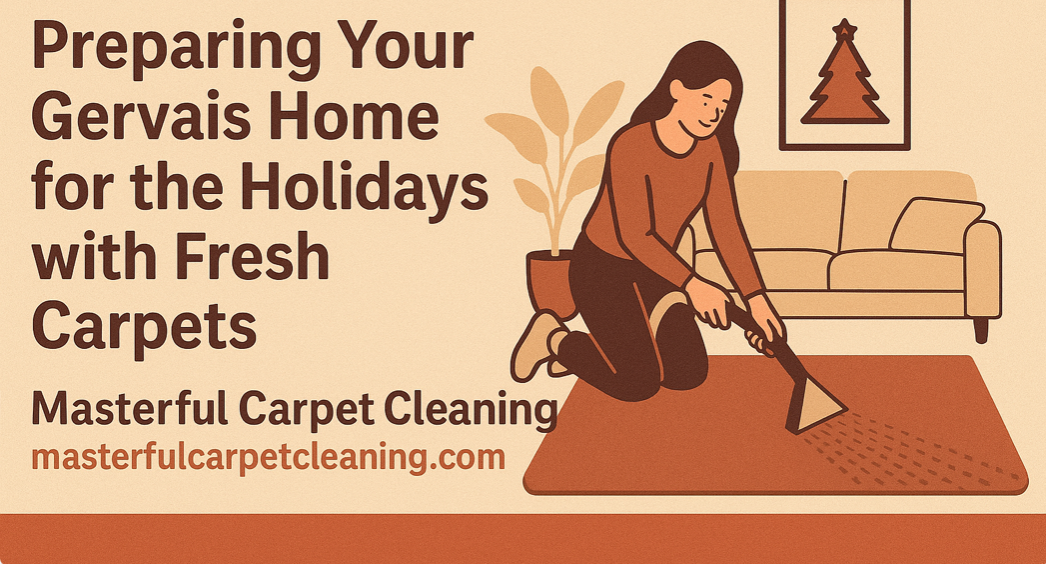Identifying Different Types of Carpet Burns and Their Severity

Carpet burns, a common issue in household and commercial settings, can originate from various sources such as electrical short circuits, flat irons, accidents with candles, dropped matches, and more.
Understanding the nature and severity of these burns is key for effective repair and maintenance.
Types of Carpet Burns
Carpet burns can range in severity from superficial singeing of the carpet fibers to deeper, more extensive damage that exposes the carpet padding or subflooring.
The type of burn often determines the appropriate repair method. For instance, superficial burns might be remedied with minimal intervention, deeper burns could require extensive repair or replacement.
Assessing Burn Severity
To effectively address carpet burns, it’s essential to assess their severity. This assessment involves evaluating factors such as:
- Size of the Burn: Determining whether the burn is a small spot or a larger area.
- Depth of the Burn: Checking if the burn is superficial, affecting only surface fibers, or if it has penetrated deeper into the carpet’s backing.
- Location: Considering whether the burn is in a high-traffic area, which might necessitate more durable repair methods.
- Overall Carpet Condition: Evaluating the carpet’s general condition, as repairing a burn on a worn or faded carpet might not yield satisfactory results.
Implications for Carpet Repair and Cleaning
Understanding the nature of carpet burns is integral to choosing the correct repair method. Regardless of the cause, burns are generally treated similarly.
The choice between DIY methods and professional repair depends on the burn’s size, depth, and the carpet’s overall condition.

Understanding Carpet Burn Types
Carpet burns, while often perceived as a singular issue, actually manifest in various forms, each requiring a specific approach for repair.
Recognizing these types enables effective and appropriate repair methods.
Singed, Melted, and Scorched Fibers
- Singed Fibers: These are commonly encountered. The heat is sufficient to damage the fibers but not intense enough to melt them. This type of burn typically affects the fiber tips and may be rectified with less invasive methods.
- Melted Fibers: Caused by more intense heat, like from an iron, melted fibers indicate a more serious level of damage. In this case, the fibers themselves melt, complicating the repair process.
- Scorched Fibers: This is the most severe type, often resulting in holes in the carpet. Scorch marks, usually from very high heat, might necessitate professional repair due to the complexity of the damage.
Factors Influencing Repair Methods
- Material Considerations: The carpet’s material significantly influences the burn’s effect and the repair strategy. Natural fibers like wool or cotton tend to turn to dust when burnt, while synthetic fibers often melt and form chunks, distinctly visible amongst intact fibers.
- Size of the Burn: The size plays a key role in determining the repair method. Smaller burns might be easier to address, whereas larger burns, often caused by hot appliances like irons or curlers, are more challenging to repair and might require more extensive methods such as cutting out and replacing the damaged area.
Carpet Repair Techniques
- Carpet Patching: Ideal for larger burns, this involves removing the damaged portion and replacing it with a matching piece. This method requires precision to ensure a seamless appearance and is often best handled by professionals.
- Carpet Bonding: Suited for smaller burns, carpet bonding uses a specialized adhesive to reattach burnt fibers to the carpet backing. This technique involves trimming the burnt fibers, applying adhesive, and blending the repaired area with the surrounding carpet.
- Carpet Resurfacing and Re-Weaving: For extensive damage, resurfacing involves replacing a large damaged section with new carpet. Re-weaving, on the other hand, is used for intricate patterns or delicate carpets, where individual fibers are re-woven to reconstruct the damaged area. These are more complex techniques, typically reserved for valuable or antique carpets.
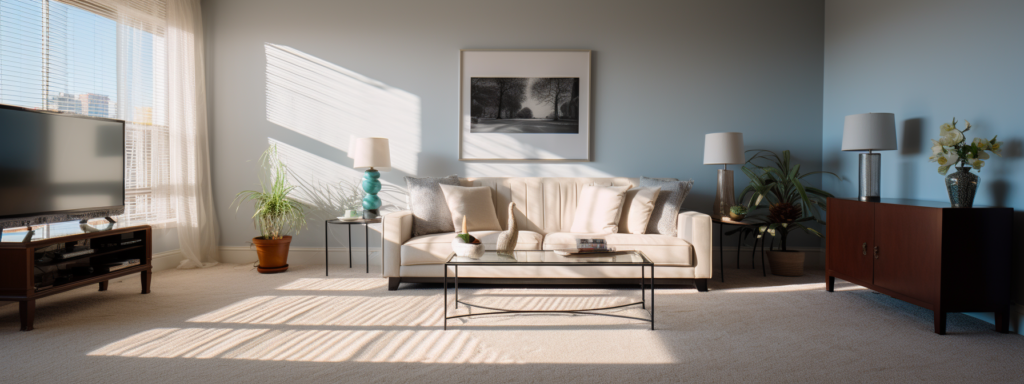
Assessing the Severity of Carpet Burns
Properly assessing the severity of carpet burns is important in determining the most appropriate repair strategy.
This process involves evaluating various aspects of the burn, including its size, depth, and location, as well as the overall condition of the carpet.
Evaluating Burn Size and Depth
- Size of the Burn: The burn’s size is a primary factor in assessing its severity. Smaller burns, such as those caused by cigarette ends or soldering irons, are often easier to repair. Larger burns, especially those caused by items like irons or curlers, may necessitate more extensive repair efforts or even partial replacement of the carpet.
- Depth of the Burn: Determining whether the burn is superficial, affecting only the surface fibers, or has penetrated through to the carpet backing is essential. Superficial burns can often be addressed through less invasive methods like trimming or sanding the affected fibers. Deeper burns that reach the carpet padding or subflooring require more serious repair techniques, such as patching or replacement.
Location and Overall Carpet Condition
- Burn Location: The burn’s location within the carpet area, particularly whether it’s in a high-traffic zone, influences the durability required for the repair. High-traffic areas may demand more robust repair methods to withstand regular use.
- Carpet’s General Condition: The carpet’s overall condition plays a role in deciding whether to repair or replace it. If the carpet is already worn, stained, or faded, repairing a small burn may not yield satisfactory results, and replacement might be more practical.
Repair Techniques Based on Severity
- Minor Burns: For small or superficial burns, techniques like carpet bonding or micro-shearing can be employed. These involve reattaching or trimming the burnt fibers and require precision to ensure a seamless repair.
- Major Burns: Larger, deeper burns often require carpet patching. This process involves removing the damaged section and replacing it with a piece that matches in color, design, and texture. The new section is then carefully integrated into the existing carpet using specific tools and techniques to avoid any noticeable repair signs.
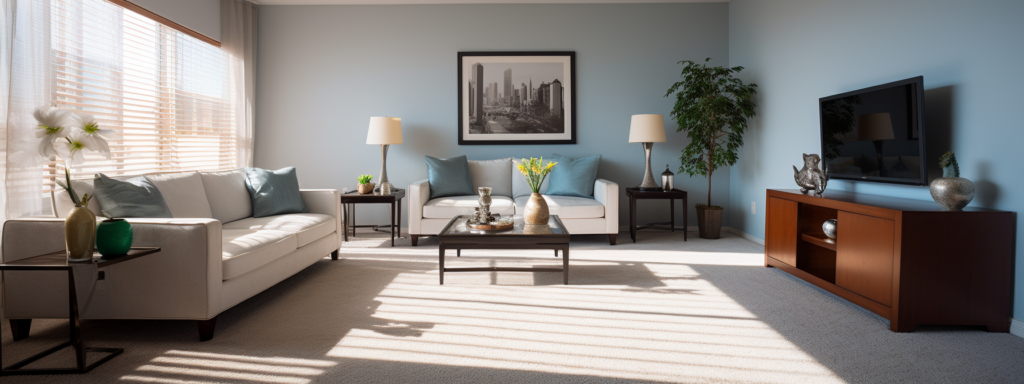
Repair Techniques for Different Burn Types
Carpet burns, whether from candles, curling irons, or other heat sources, require specific repair methods based on the type and severity of the damage.
Understanding these techniques is imperative for restoring the carpet’s appearance effectively.
Carpet Patching: For Larger Burns
- Process Overview: Carpet patching is ideal for repairing larger carpet burns. This involves cutting out the damaged area and replacing it with a matching piece of carpet.
- Detailed Steps:
- Clean and dry the area around the burn.
- Carefully cut out the burned section, preferably in a square or rectangular shape.
- Find a matching carpet piece, ensuring the color, texture, and pile direction align.
- Apply adhesive to the hole and position the patch firmly.
- Blend the patch edges with the surrounding carpet for a seamless finish.
- Allow the patch to dry completely before walking on it.
Carpet Bonding: For Smaller Burns
- Process Overview: Carpet bonding is effective for smaller burns, using a specialized adhesive to reattach burnt fibers to the backing.
- Detailed Steps:
- Trim away burnt fibers and prepare the area.
- Apply heat-activated adhesive to the damaged fibers.
- Press the fibers firmly onto the carpet backing.
- Groom the repaired area to blend with the surrounding carpet.
Carpet Resurfacing and Re-Weaving
- Carpet Resurfacing: Suitable for extensive burns, this method involves replacing the damaged layer with a new piece, rejuvenating the overall look of the flooring.
- Carpet Re-Weaving: Ideal for intricate patterns or delicate carpets, re-weaving involves reconstructing the damaged area by re-weaving individual fibers, best suited for valuable or antique carpets.
Minor Burn Repair Techniques
- Sanding/Scraping: For superficial burns, gently sanding or scraping the scorched portion can remove the burnt fibers. This is followed by vacuuming and washing the area.
- Plucking and Replacing: Tiny melted pieces from cigarette ends or soldering irons can be repaired by plucking out the burn damage and inserting new tufts of carpet with adhesive.
- Furniture Rearrangement: As a last resort for minor burns, rearranging furniture to cover the affected area can be an effective temporary solution.
Preventive Measures and Carpet Cleaning Tips
Preventing carpet burns is as important as knowing how to repair them. Implementing preventive measures can significantly reduce the risk of burn damage.
- Use Heat-Resistant Items: Place heat-resistant mats or coasters under hot objects like irons or candles to prevent direct contact with the carpet.
- Designate Smoking Areas: Establish a designated smoking area away from carpeted zones to avoid cigarette burns.
- Educate on Carpet Care: Inform household members and guests about the importance of being cautious around carpets, especially with heat sources.
- Prompt Spill Management: Quickly address spills to prevent staining and potential burn damage, particularly from hot liquids.
- Regular Cleaning: Maintain your carpet through regular vacuuming and periodic professional cleaning to preserve its appearance and durability.
Cleaning and Maintenance Post-Burn
After a carpet burn occurs, proper cleaning and maintenance are essential to minimize damage and maintain the carpet’s appearance.
- Surface Burns: For light surface burns where only the tips are burnt:
- Use small, sharp scissors to trim the burnt tips.
- Sponge the area with a light carpet detergent and water mixture, followed by clean water.
- Let the area dry completely.
- Small Burns: For burns caused by cigarettes or similar items:
- Cut away the burnt fibers.
- Harvest replacement fibers from inconspicuous areas of the carpet.
- Apply adhesive to the area and insert the new fibers.
- Trim the area to blend with the surrounding carpet.
- Larger Burns: For more extensive burns:
- Cut out the damaged area.
- Clean the spot with mild detergent.
- Find a matching carpet piece for patching.
- Place and secure the patch, ensuring it blends well with the surrounding area.
Safeguarding Your Carpets with Expert Care
Understanding the types, severity, and repair techniques for carpet burns is fundamental to maintaining the beauty and longevity of your carpets.
While preventive measures are key to avoiding burns, knowing how to effectively clean and repair your carpet after damage is equally important. Regular vacuuming, prompt spill management, and being cautious with heat sources can significantly reduce the risk of burns.
If you encounter a burn that seems daunting to repair, or if you’re looking for professional assistance to maintain the pristine condition of your carpets, we at Masterful Carpet Cleaning are here to help.
Our expertise in carpet care and maintenance ensures that your carpets remain in top condition, enhancing the comfort and aesthetic appeal of your space.
Author
-

As the Co-Owner of Masterful, Randy has been providing quality cleaning services to the Salem and Portland areas of Oregon for many years. He has built a reputation for excellence in the industry. His team take prides in using the latest cleaning techniques and technologies to deliver exceptional results every time.
View all posts
